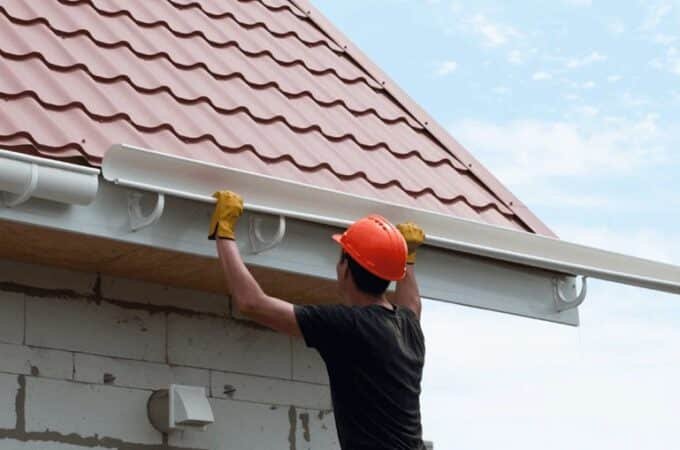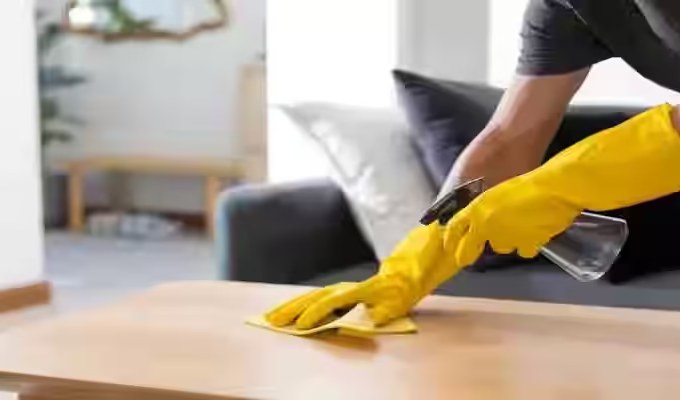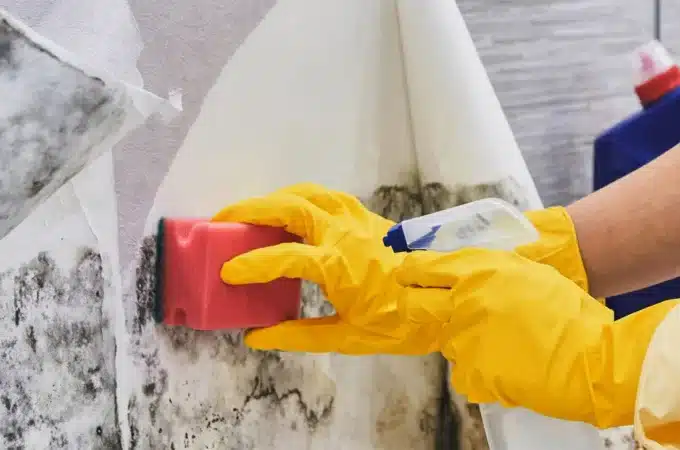
Step-by-Step Instructions for Cleaning Grout Haze from Porcelain and Ceramic Tiles
Grout haze is a common issue many homeowners and DIYers face after installing tile, especially when working with porcelain and ceramic tiles. It’s the cloudy film that forms on the surface of your tiles after grouting, and while it may seem like a frustrating problem, it’s actually a simple one to fix. This article will guide you through the various methods to remove grout haze from your tiles and restore their natural beauty, while taking care to avoid damaging the surface.
Table of Contents
ToggleWhat Is Grout Haze?
Grout haze is a thin, cloudy film that can appear on the surface of tiles after grouting. It is caused by the leftover grout residue that’s left on the tile surface when grouting, even after wiping the area with a damp sponge. The haze is most commonly seen on porcelain tiles and ceramic tiles, but it can also appear on other types of tiles, such as cement or stone.
While grout haze can be unsightly, it’s not a sign of poor workmanship. It’s simply a byproduct of the grouting process that can be easily removed with the right tools and techniques.
Why Does Grout Haze Form?
Grout is a mixture of water, cement, and minerals used to fill the gaps between tiles. After the grout is applied, some of it can get left behind on the surface of the tiles. When the water in the grout evaporates, it leaves behind the minerals, which form the cloudy haze. This can be especially noticeable on glossy or shiny finishes, such as those found on ceramic tile and porcelain tile.
How to Remove Grout Haze from Tiles
Here are the best methods to remove grout haze from your tiles. Be sure to select the method based on the type of tile you have, as certain cleaning solutions can damage some tile surfaces, especially delicate ones like natural stone.
1. Use a Vinegar and Water Solution
A simple and effective way to remove grout haze is by using a vinegar and water mixture. This method is particularly useful for porcelain tiles and ceramic tiles.
- Mixing Instructions: Combine 1 part white vinegar with 4 parts warm water. Pour the mixture into a spray bottle or bucket.
- Application: Spray the solution onto the haze, or dip a sponge or soft cloth into the solution and wipe it over the affected areas. Let it sit for 5-10 minutes to loosen the grout residue.
- Scrubbing: Gently scrub the area with a non-abrasive sponge or cloth to lift the haze. Avoid using any harsh scrubbing tools, as they could scratch the surface of your tiles.
- Final Wipe: After scrubbing, wipe the tiles with a clean damp cloth to remove any leftover vinegar residue.
Although vinegar is a natural and non-toxic cleaner, always test this method on a small, inconspicuous area first, especially if you have porcelain tiles with a glazed finish, as the vinegar can sometimes affect the finish.
2. Use a Commercial Grout Haze Remover
If vinegar and water don’t work, consider using a commercial grout haze remover. These cleaners are specially formulated to break down stubborn grout residue and restore the shine of your tiles.
- Product Selection: You can find grout haze removers at most home improvement stores. Look for one that is safe for ceramic tiles and porcelain tiles, as some products may be too harsh for delicate surfaces.
- Application: Follow the manufacturer’s instructions for use. Most grout haze removers are either sprayed or wiped onto the affected areas and then left to sit for a few minutes. Afterward, the residue can be scrubbed off with a sponge or cloth.
- Precautions: Always wear rubber gloves and a mask when using chemical cleaners, as they may release fumes. Ensure the area is well-ventilated and follow all safety instructions on the product label.
3. Rub Down With Ammonia Solution
For heavy grout haze buildup, an ammonia solution can be effective. This method is often recommended for porcelain tiles and ceramic tiles, but should be used with caution.
- Mixing Instructions: Mix a solution of 1 part ammonia to 4 parts water in a bucket.
- Application: Apply the solution to the haze using a sponge or cloth. Let it sit for 5 minutes to break down the grout residue.
- Scrubbing: Gently scrub the affected areas with a sponge or nylon pad. Avoid using steel wool or abrasive scrubbers, as they could scratch the surface of your tiles.
- Rinse: After scrubbing, rinse the tiles thoroughly with clean water to remove any ammonia residue. It’s important to completely rinse the area, as leftover ammonia can cause damage over time.
4. Use a Scrubbing Brush and Water
If you prefer a more hands-on approach, you can use a scrubbing brush along with clean water to remove the haze. This method works best if the grout haze is still relatively fresh.
- Procedure: Dampen a scrubbing brush or sponge with clean water and scrub the surface of the tiles. Use a back-and-forth motion to loosen the haze.
- Rinse: After scrubbing, wipe the tiles with a clean, damp cloth to remove any dirt and excess moisture.
- Repeat if Necessary: If the haze persists, repeat the process until the tiles are clear.
5. Use a Cheesecloth for Detailed Cleaning
If you want to go the extra mile and ensure a streak-free finish, using cheesecloth can be incredibly effective, especially for tiles with intricate designs.
- Procedure: Fold the cheesecloth into a small square, and dip it in clean water or vinegar solution. Use the cheesecloth to scrub the haze in small sections, constantly folding it to expose a clean part of the cloth.
- Repeat: Continue this process until all haze has been removed from the tiles.
Additional Tips for Grout Haze Removal
- Act Quickly: The sooner you clean up grout haze after installation, the easier it will be to remove. If you wait too long, the haze may become more difficult to eliminate.
- Use a Damp Sponge: When cleaning the tiles after grouting, use a damp sponge (not a soaking wet one) to remove excess grout from the surface. Wring out the sponge frequently to avoid spreading the grout residue around.
- Avoid Harsh Cleaners on Natural Stone: Never use vinegar or acidic cleaners on natural stone tiles, such as marble or granite, as they can damage the stone.
Preventing Grout Haze in the First Place
While grout haze is easily removable, it’s even better to prevent it from forming. Here are some tips to avoid grout haze on porcelain tiles and ceramic tiles:
- Work in Small Sections: When applying grout, work in small sections to prevent excess grout from drying on the tile surface. Wipe away the excess grout before it dries.
- Use Two Buckets: Use one bucket for clean water and one for wringing out your sponge to avoid contaminating the water and spreading the grout haze.
- Seal Your Grout: After cleaning, apply a grout sealer to prevent future haze and grout stains. This will also make it easier to clean in the future.
Conclusion
Grout haze is a common issue that many face after tiling with porcelain tiles and ceramic tiles, but with the right cleaning techniques, it can be easily removed. Whether you use a vinegar solution, a commercial grout haze remover, or ammonia, be sure to test the cleaning method on a small area first to ensure it’s safe for your specific tile. With patience and the right tools, you’ll be able to restore your tiles to their pristine condition, leaving your space looking flawless and beautiful.
By following these tips and tricks, you can not only remove grout haze but also prevent it from becoming an issue in the future, ensuring that your tile installation remains looking fresh for years to come.






